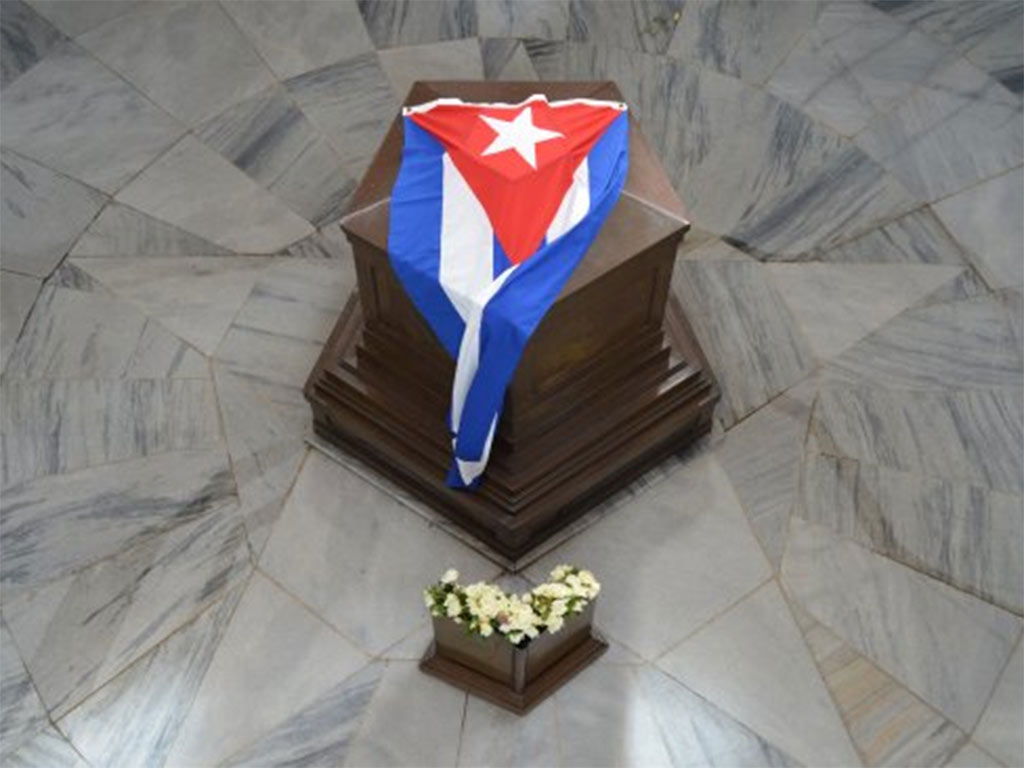Other homages in the country and abroad to honor his life, devoted to freedom and the anti-imperialist and Latin Americanist legacy of the so-called Apostle of Cuba’s independence complemented the traditional tribute at the mausoleum that holds his remains at Santa Ifigenia cemetery, in eastern Santiago de Cuba province.
Jose Marti (1853-1895) was the architect of what he called the necessary war to break Cuba’s subjugation to the Spanish colonial yoke, for which he founded the Cuban Revolutionary Party and Patria newspaper, and joined Cuban patriots around the idea of independence.
The poet, essayist, and revolutionary journalist was killed in the plains of Dos Ríos, in eastern Cuba, at the age of 42, where he was hit by an enemy rifle bullet as he went to the front accompanied by his assistant, despite the recommendations by Maximo Gomez, General in Chief of the Liberation Army, to remain in the rearguard.
One day before his death, in an unfinished letter to his close friend Manuel Mercado, he wrote, “I am already in danger every day of giving my life for my country (…) to prevent in time with the independence of Cuba that the United States spread over the Antilles and fall, with even more force, on our lands in the Americas.”
Martí’s ethical values did not allow him to remain behind the men he had called to fight. “I started the war: my responsibility begins, not ends, with it. For me, the homeland will never be a triumph but an agony and a duty,” he had affirmed.
His early death was a hard blow to the revolution that started on February 24, 1895, but his personal virtues and emancipatory legacy transcended Cuba’s struggles for its definitive independence.
jg/iff/lam/evm










